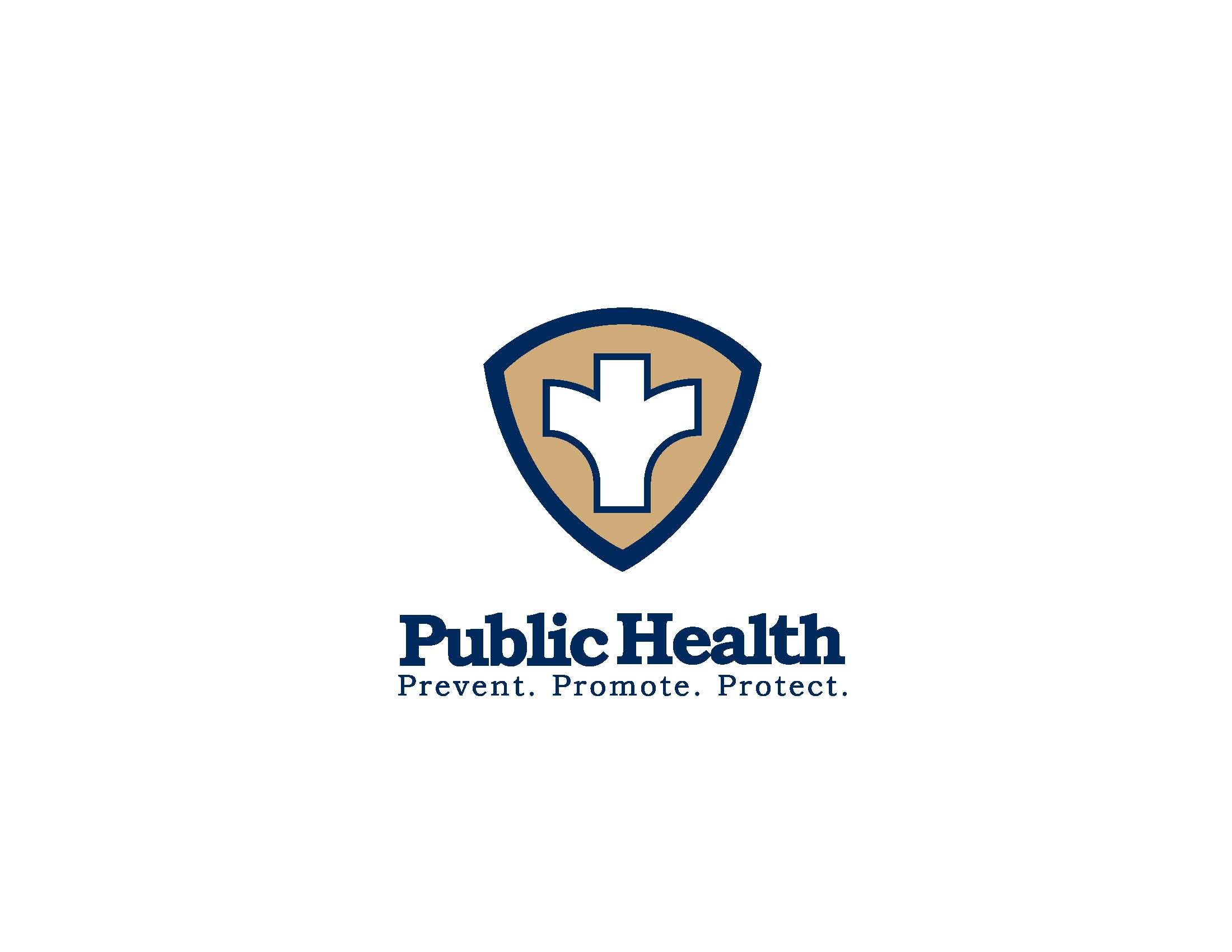Title
Course
PUBH-100: Global Issues in Public Health
Document Type
Report
Publication Date
2018
Disciplines
Epidemiology | Immune System Diseases | Maternal and Child Health | Public Health | Virus Diseases
Description, Abstract, or Artist's Statement
Nigeria has one of the largest prevalence rates of HIV infections in Africa. HIV is a communicable disease that is transmitted by bodily fluids through unprotected sex, using contaminated needles, or mother to child. The most affected populations include heterosexuals who have unprotected sex, followed by sex workers, and men who have sex with men. People will experience three stages of HIV before the last stage referred to as AIDS. Rapid diagnostic tests are used to diagnose the disease. There is no cure for HIV/AIDS. However, people with HIV are given antiretrovirals to keep HIV at a low level throughout the body. Interventions in Nigeria include, community-based organizations like educational activities, support groups, and community advocacy. There are also programs built into the education system to educate young populations about the disease and its risk factors. Due to the limited funding available not everyone can be on antiretrovirals and makes combating this epidemic challenging.
Augustana Digital Commons Citation
Tropinski, Lauren. "HIV/AIDS: Nigeria" (2018). Global Issues in Public Health.
https://digitalcommons.augustana.edu/pubh100issues/15
Creative Commons License

This work is licensed under a Creative Commons Attribution 4.0 License.
Included in
Epidemiology Commons, Immune System Diseases Commons, Maternal and Child Health Commons, Virus Diseases Commons

